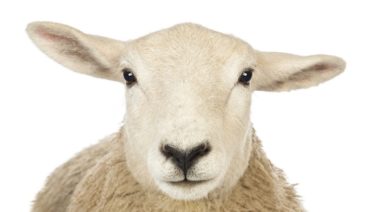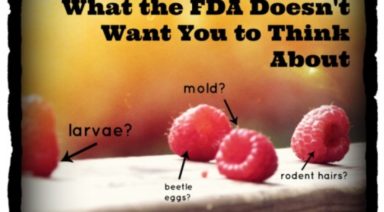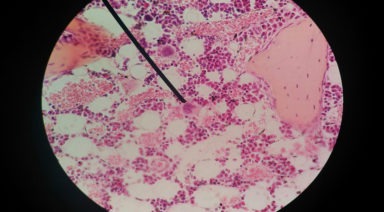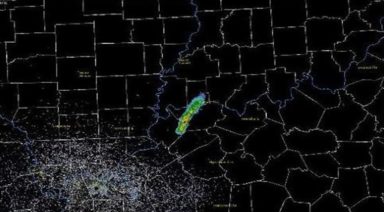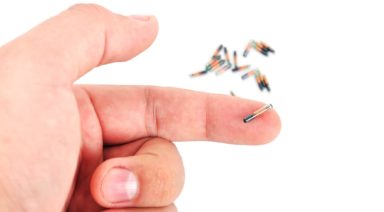China Successfully Clones Monkeys; Are Humans Next?
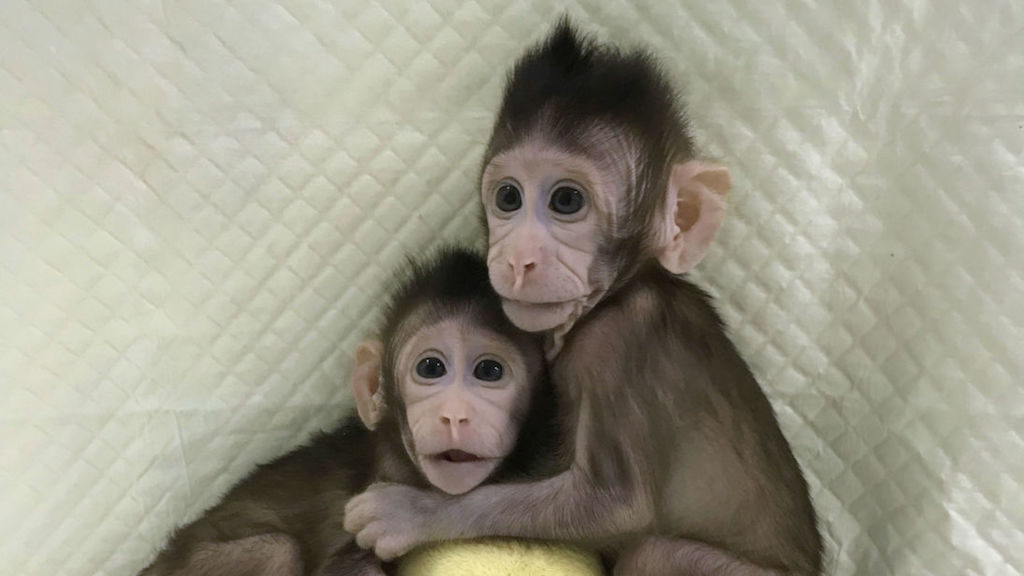
Scientists at the Institute of Neuroscience in Shanghai have successfully cloned two monkeys, leading to the very real prospect of cloning humans. The monkeys, Zhong Zhong and Hua Hua, were cloned with the same technique used to create Dolly the sheep in 1996.
The monkeys, two long-tailed macaques, mark the first time the order of primates have been cloned using this specific method. This essentially implies that the process of cloning a human fetus is completely possible, simultaneously opening up a deluge of ethical questions and potential for medical breakthroughs.

Chinese Academy of Sciences
Though it’s not the first time primates have technically been cloned – a rhesus macaque was produced through embryo splitting in the late 1990s – it is the first time a primate has been cloned directly from a differentiated body cell. The monkeys were cloned using a process called somatic cell nucleus transfer, in which the nucleus of an egg cell is removed and DNA from a separate body cell is inserted. Scientists can create more clones this way compared to embryo splitting.
Researchers are excited at the prospect of being able to use this technology, in conjunction with the CRISPR gene editing tool, to solve or even completely eradicate some of medicine’s most confounding diseases, including Alzheimer’s, diabetes, and cancer.
However, the moral and ethical concerns abound when it comes to safety and the prospect of designer babies. Dystopian sci-fi storylines and Black Mirror plots also come to mind when thinking about the potential applications of this technology.
In Dec. 2002, the Raëlian UFO religious group, claimed to have successfully cloned a human through its Clonaid program, headed by French chemist Brigitte Boisselier. The claim led to much contention in the media when an attorney asked the group to verify the child’s welfare in court. Despite claims that she had successfully cloned over 13 other humans, the lack of evidence from Boisselier and others in Raëlian leadership led most to believe it was a hoax.
Should We Be Hesitant to Embrace Transhumanism?

The human body has somewhere in the vicinity of 50 to 100 trillion cells, depending on who you ask. Each of these cells has .07 volts of electrical energy potential — a relatively small number you might say. But when you multiply those .07 volts times 50 to 100 trillion, you get somewhere between two and a half, to five trillion volts. We are powerhouses of electrical energy potential.
Yet for some, this potential isn’t enough. In the minds of transhumanists, the body is a work in progress — one in which we must actively improve toward some perceived ideal. In some circumstances they may be right; our bodies are not all created equally, some face deformities and defects, or aren’t built as sturdy as others, making a good argument for the need to artificially augment.
But according to researcher and author Gregg Braden, this is a slippery slope — one in which we must tread with caution while appreciating the truly high-tech construction of the biological suits we’ve found ourselves born into.
“All of the technology that is now being developed in the world around us, and I worked in the Cold War years in the defense industry, space-based lasers, ‘Star Wars’ Defense Initiative… and I have yet to this moment, seen any tech in the world around us that does not mimic what we already do in our cells, except our cells do it better,” Braden said in a recent interview with Regina Meredith on Open Minds.
With advancements in microchip technology, futurists envision a world in which we begin to work toward almost complete integration with technology and computers. Some even go so far as to believe we will one day be capable of transferring our consciousness onto a hard drive composed of microscopic silicon chips, experiencing the world through that mechanistic, binary scope of the computer — potentially allowing humans to achieve something that looks like immortality.
But this reductionist mindset of the materialist, scientific lens is incredibly arrogant, Braden said.
Firstly, science’s “hard problem of consciousness” currently limits it from understanding what exactly consciousness is and where it comes from. And secondly, would this really even be the same kind of consciousness? Can you separate consciousness from our biological nature? And if you could, why would you?
Those are the two trains of thought when it comes to the views of our advancing technology and the transhumanist movement, Braden said.
One side views it as, “If we were never supposed to learn how to achieve such a feat, why have we gotten this far?”
While the other side says, “Just because we can, doesn’t mean we should.”





